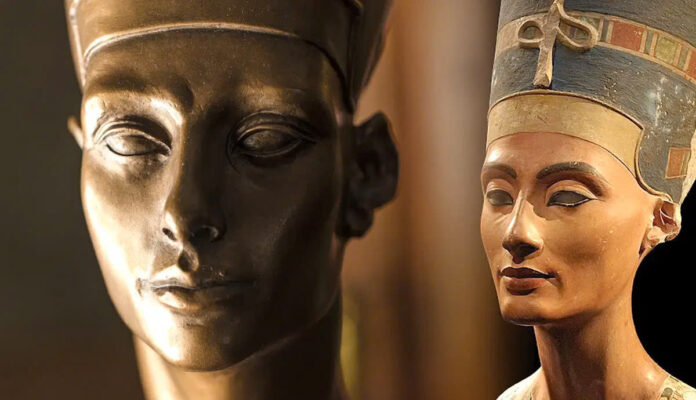Early Life and Rise to Power
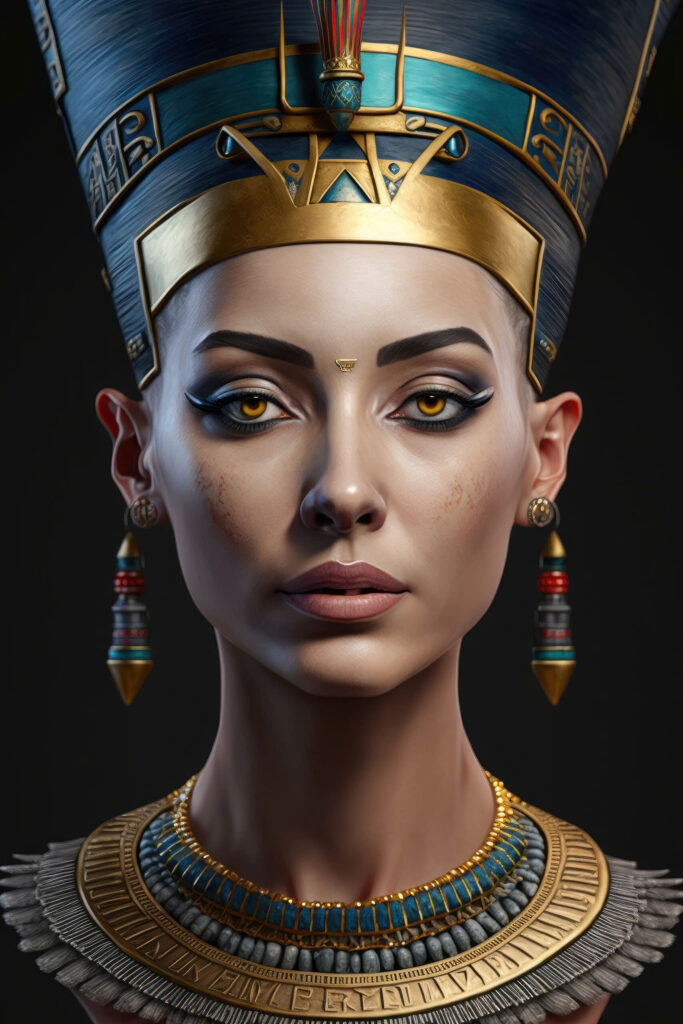
Born around 1370 BCE, Nefertiti emerged from a prestigious family deeply connected to the Egyptian royal court. Her father Ay served as a high-ranking official and royal advisor, while her mother Tey held the distinguished position of “Wet Nurse of the King’s Great Wife.” This noble background paved the way for her marriage to Amenhotep IV, who would later become one of Egypt’s most controversial pharaohs.
The Amarna Revolution: A Religious Transformation
The Birth of a New Religion
When Amenhotep IV ascended to the throne, he initiated a revolutionary change in Egyptian society. Renaming himself Akhenaten, he abandoned the traditional polytheistic beliefs in favor of monotheism, centered around the worship of the Aten, the solar disk deity. This dramatic shift extended beyond religion, as the pharaoh relocated the capital from Thebes to a new city, Akhetaten, purposefully built to honor the Aten.
Nefertiti’s Influential Role
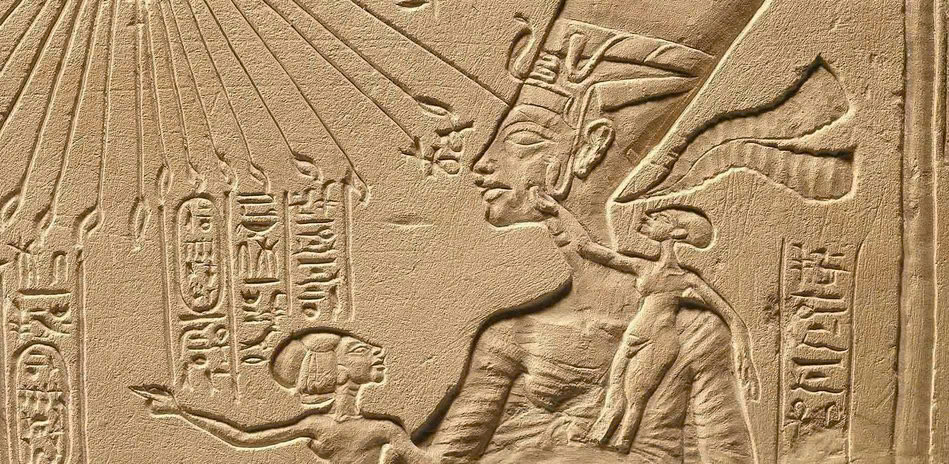
Far from being a passive observer, Nefertiti emerged as a central figure in this religious transformation. As Great Royal Wife and co-regent, she wielded unprecedented power, often depicted performing religious ceremonies traditionally reserved for the pharaoh himself. Her prominence in royal artwork and ceremonies underscored her significance in the new religious order.
Artistic Revolution and Cultural Impact
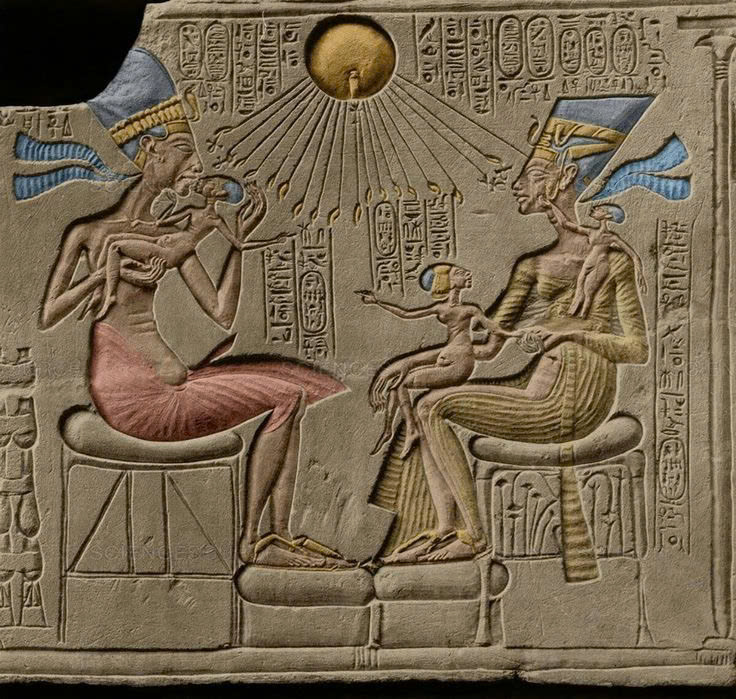
The Amarna period marked a revolutionary change in Egyptian artistic expression. Traditional rigid artistic conventions gave way to more naturalistic and emotionally expressive styles. The most famous artifact from this era, the limestone bust of Nefertiti discovered in 1912, exemplifies this artistic transformation and has become an enduring symbol of ancient Egyptian beauty and artistry.
The Enigma of Nefertiti’s Disappearance
Theories and Speculations
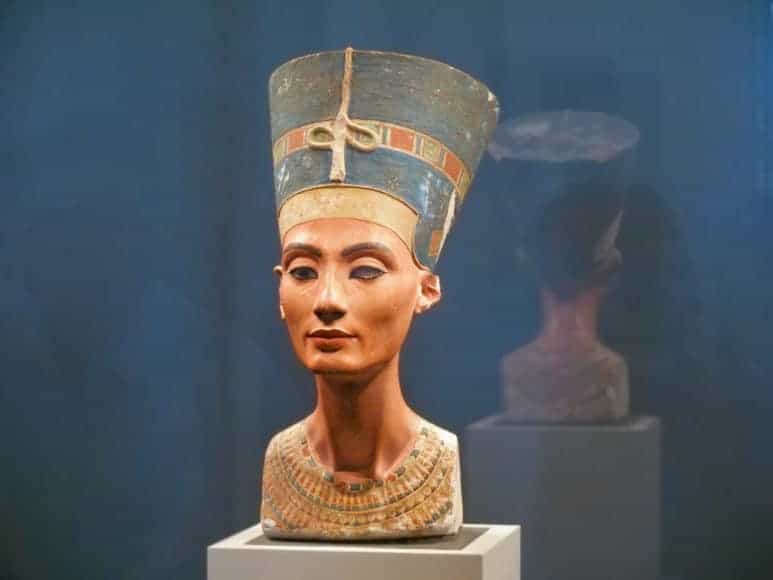
The final chapter of Nefertiti’s life remains one of ancient Egypt’s greatest mysteries. Following Akhenaten’s death, the subsequent rulers, including Tutankhamun, attempted to erase the Amarna period from history. Some scholars suggest Nefertiti may have briefly ruled as pharaoh under the name Neferneferuaten or Smenkhkare, while others propose she may have faced exile or execution during the return to traditional Egyptian religion.
Legacy and Historical Impact
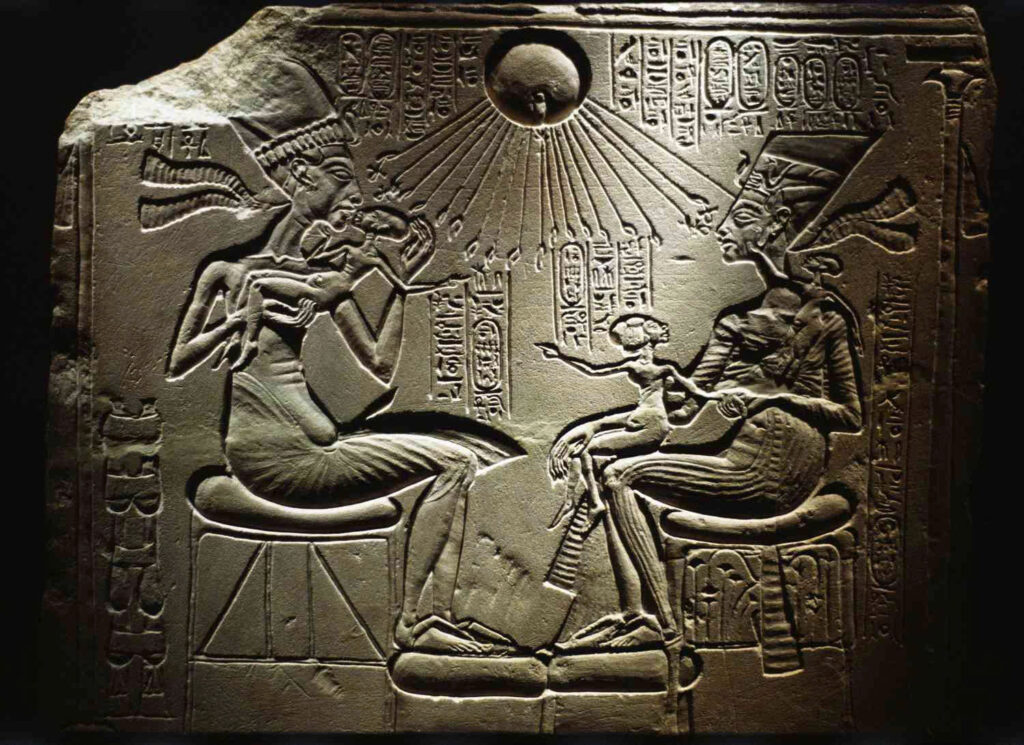
Despite efforts to erase her from history, Nefertiti’s influence endures. Her role in one of ancient Egypt’s most dramatic periods of religious and cultural transformation cements her position as more than just a renowned beauty. She stands as a testament to female power and influence in the ancient world, challenging our understanding of gender roles in ancient societies.
Conclusion
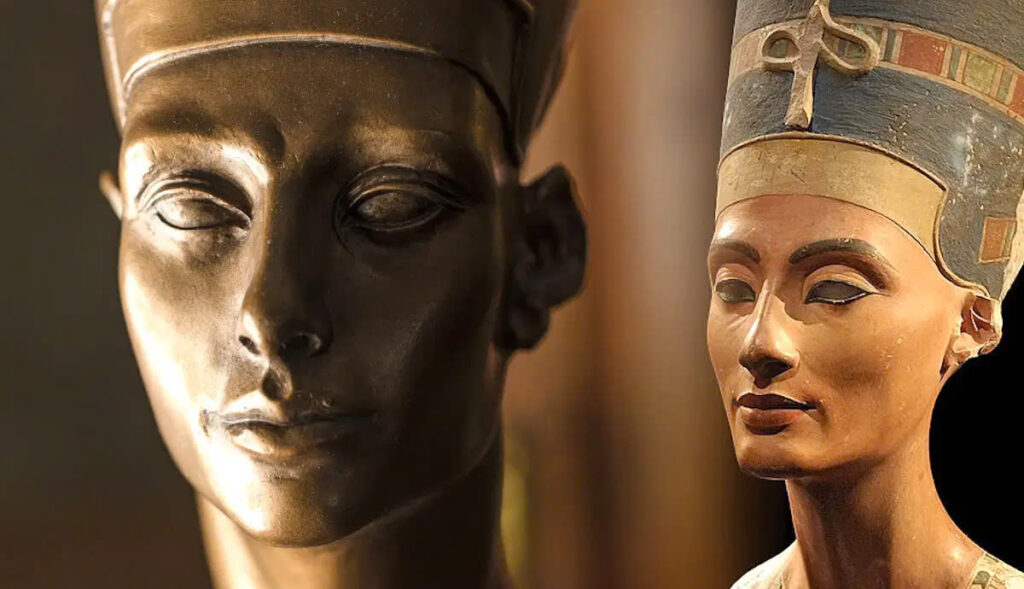
Nefertiti’s story transcends her famous beauty, revealing a powerful woman who helped shape one of ancient Egypt’s most transformative periods. As co-regent during the Amarna revolution, she wielded remarkable influence in religious, political, and artistic spheres. While the mystery of her final days may never be solved, her legacy as a powerful female leader in ancient Egypt continues to captivate and inspire people worldwide, offering valuable insights into the complexities of ancient Egyptian civilization and the role of women in positions of power.
